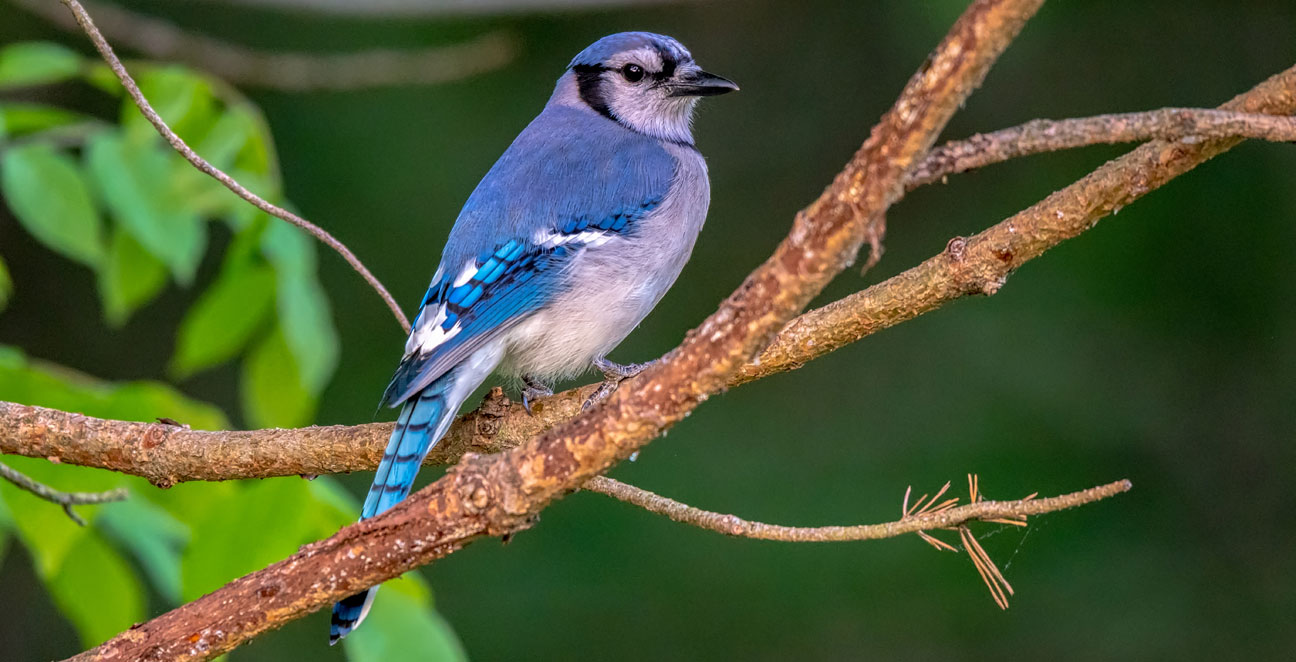
Rock Pigeon
Scientific Name:
Columba livia
Length:
11.8-14.2 in (30-36 cm)
Weight:
9.3-13.4 oz (265-380 g)
Wingspan:
19.7-26.4 in (50-67 cm)
Nest:
Wild pigeons reside in rock formations and cliff faces, settling in crevices to nest. They nest communally, often forming large colonies of many hundreds of individuals. Wild nesting sites include caves, canyons, and sea cliffs. They will even live in the Sahara so long as an area has rocks, water, and some plant matter. It is platform of twigs, grass. Pair may use same site repeatedly, adding to nest each time.
Eggs:
2, sometimes 1. Incubation is by both parents, 16-19 days.
Feeding Behavior:
Pigeons feed on the ground in flocks or individually. Pigeons are naturally feeding on grain, eating seeds that fit down their gullet. They may sometimes consume small invertebrates such as worms or insect larvae as a protein supplement. As they do not possess an enlarged pouch that forms the first part of the large intestine as in European wood pigeons, they cannot digest adult plant tissue; the various seeds they eat contain the appropriate nutrients they require.
Young:
Both parents feed young a secretion from the lining of the crop of parent birds in some species that is regurgitated to young birds. Young leave nest at about 25-32 days, or later in cold weather.
Range:
They are native to Europe, North Africa, and southwestern Asia. Feral pigeons are found worldwide, including throughout all of North America. Originating in Southern Europe, North Africa, and Western Asia, pigeons have become established in cities around the world. Can be found in urban areas, farmland, and rocky cliffs. May gather in large flocks in urban parks where people feed them.
Brief Description:
Variable in color, but most birds are bluish gray with two black bands on the wing and a black tip to the tail. Most birds have iridescent throat feathers. The white lower back of the pure rock dove is its best identification characteristic; the two black bars on its pale grey wings are also distinctive. The tail has a black band on the end, and the outer web of the tail feathers are margined with white.